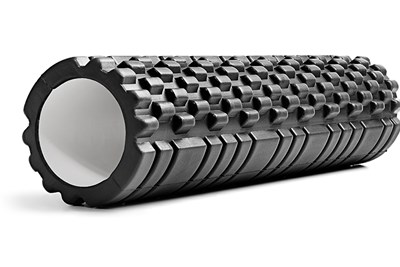There are many methods of treating trigger points -- in fact, an entire means of therapy has been developed specifically for trigger points and myofascial pain syndrome. Among the types of treatment utilized through this therapy, as well as by many pain specialists, is trigger point injections. While they are often effective, many patients become concerned about the potential dangers of these injections.
What are trigger point injections?
Trigger points are tight bunches of myofascial tissue that interfere with the mobility of and cause pain to an entire muscle or muscle group. Some patients find dry needling is enough to release their trigger points; dry needling is inserting a needling into the trigger point without any injections. This is not, however, sufficient for everyone. Instead, you can utilize trigger point injections. The needle is still inserted directly into the trigger point, but an injection is given of an anesthetic or a steroid. The anesthetic numbs the trigger point, while the steroid helps block the production of chemicals that cause inflammation.
Who needs trigger point injections?
Research suggests trigger point injections are more common among more chronic or intense cases of myofascial pain, as physical therapy-type maneuvers may be more than sufficient in the early stages of trigger points. Additionally, the placement of the trigger point can play a large role in whether or not injections are a good option. For example, one in the middle of the abdomen might be better served in a different means. Trigger points injections may also be a good choice for trigger points that don’t respond well to manual pressure (become exceedingly painful or twitchy). However, according to the American Academy of Family Physician, though trigger point injections have been well accepted in the medical community, “relatively few controlled studies on trigger-point injection have been conducted.”
What are the risks of trigger point injections?
Any medical procedure comes with risks. It is important to choose a physician with experience in trigger point injections in order to reduce these risks as much as possible. Trigger point injections can result in nerve damage from an unpracticed or inattentive hand. This may lead to chronic tingling or other strange sensations and issues in the area corresponding to the damaged nerve. However, many injection procedures are monitored through imaging procedures, such as an ultrasound, to allow the doctor the best chances of an accurate injection, and nerve damage is relatively rare. Needles that go too far into the body may cause bleeding that can potentially be dangerous. Again, however, this can be managed by a practiced hand and careful monitoring. Likewise, infections are a potential hazard.
The key to deciding about how dangerous trigger point injections are is to talk to your doctor about the risks particular to you, and consider whether or not the risks outweigh the benefits. Make sure trigger points are the best treatment option for your trigger points.




